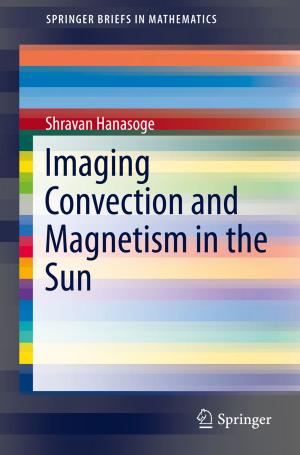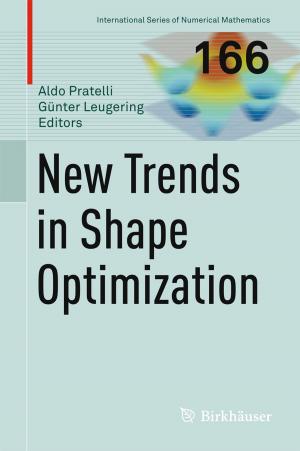Non-Linear Optical Response in Atoms, Molecules and Clusters
An Explicit Time Dependent Density Functional Approach
Nonfiction, Science & Nature, Science, Chemistry, Physical & Theoretical, Technology, Material Science| Author: | Vladimir Goncharov | ISBN: | 9783319083209 |
| Publisher: | Springer International Publishing | Publication: | September 5, 2014 |
| Imprint: | Springer | Language: | English |
| Author: | Vladimir Goncharov |
| ISBN: | 9783319083209 |
| Publisher: | Springer International Publishing |
| Publication: | September 5, 2014 |
| Imprint: | Springer |
| Language: | English |
The aim of this brief is to present, in sufficient detail, a non-perturbative technique for calculating optical hyperpolarizabilities. The ability to efficiently compute hyperpolarizabilities, for a variety of different molecular systems, makes this brief invaluable for those engaged in the computational design of new electro-optical materials. The resulting computation is very predictable and suitable for automation, in contrast to perturbative methods that typically rely on iterative methods. The methodology which is wholly applicable to atoms, molecules, clusters (and with some modifications) to condensed matter, is described and illustrated at a level that is accessible to theoreticians and supplemented with details that should be of interest to practitioners.
The aim of this brief is to present, in sufficient detail, a non-perturbative technique for calculating optical hyperpolarizabilities. The ability to efficiently compute hyperpolarizabilities, for a variety of different molecular systems, makes this brief invaluable for those engaged in the computational design of new electro-optical materials. The resulting computation is very predictable and suitable for automation, in contrast to perturbative methods that typically rely on iterative methods. The methodology which is wholly applicable to atoms, molecules, clusters (and with some modifications) to condensed matter, is described and illustrated at a level that is accessible to theoreticians and supplemented with details that should be of interest to practitioners.















